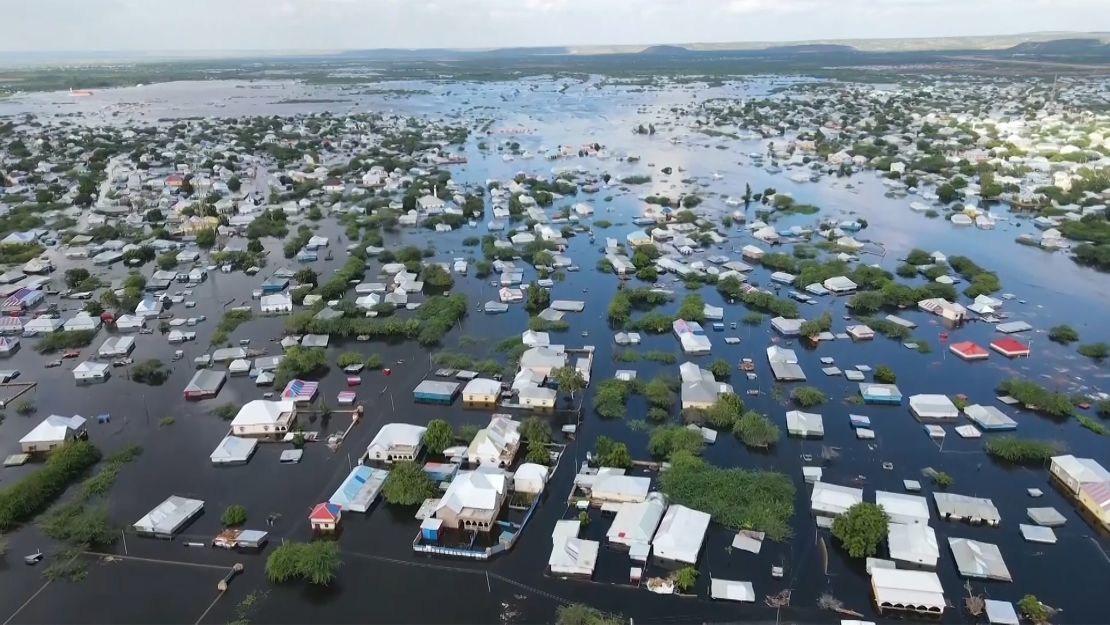In the heart of Somalia, a country already grappling with the multifaceted challenges of climate change, the Ileno region stands as a poignant testament to the escalating crisis of flooding. This blog post delves into the urgent and complex issue of recurrent floods in Ileno, Somalia, exploring the causes, impacts, and the ongoing efforts to mitigate this existential threat. Through resilience and international cooperation, the people of Ileno are fighting not just for survival, but for a sustainable future.
The Rising Tide
Ileno, with its unique geographical and climatic conditions, has become increasingly prone to severe flooding. The primary culprit behind these devastating floods is a combination of factors, including intense and unpredictable rainfall patterns exacerbated by climate change, deforestation, and inadequate drainage infrastructure. As the global climate continues to warm, these floods are not only becoming more frequent but also more unpredictable and severe, leaving communities in a constant state of vulnerability.
The Impact of Water
The consequences of flooding in Ileno are profound and far-reaching. Homes, farmlands, and infrastructure are regularly submerged, leading to significant economic losses and displacing thousands of families. The floods also pose a serious risk to public health, as standing water becomes a breeding ground for waterborne diseases, further straining the region’s already limited healthcare resources.
Agriculture, the lifeline of the region, suffers tremendously. The floodwaters destroy crops, erode soil, and wash away the seeds of hope for many farmers, plunging them into a cycle of poverty and food insecurity. This, in turn, exacerbates the already critical humanitarian situation in Somalia, making it increasingly difficult for aid organizations to reach those in need.
Charting a Course Through the Storm
In response to these challenges, the community in Ileno, along with local and international partners, is taking decisive steps towards resilience and adaptation. One key strategy is the implementation of early warning systems and community-based preparedness programs, which aim to reduce the impact of floods by informing and mobilizing communities before disaster strikes.
Efforts are also being made to enhance the region’s infrastructure to better manage floodwaters. This includes the construction of dams, reservoirs, and drainage systems designed to control the flow of water and protect vulnerable areas from flooding. Reforestation projects and sustainable land management practices are being promoted to combat deforestation and soil erosion, two significant factors contributing to the region’s vulnerability to floods.
A Call for Global Solidarity
The battle against flooding in Ileno, Somalia, is a stark reminder of the urgent need for global action on climate change. It underscores the importance of international solidarity and cooperation in supporting vulnerable communities to adapt to the changing climate. Investments in climate resilience, sustainable development, and humanitarian aid are critical to safeguarding the future of Ileno and similar regions around the world.
As the people of Ileno confront the rising tides, their resilience serves as a beacon of hope. It reminds us of the human capacity to adapt, rebuild, and forge ahead in the face of adversity. The fight against floods in Somalia is not just a local concern; it is a global imperative that calls for collective action and shared responsibility. Together, we can turn the tide on climate change and build a more sustainable and resilient future for all.


